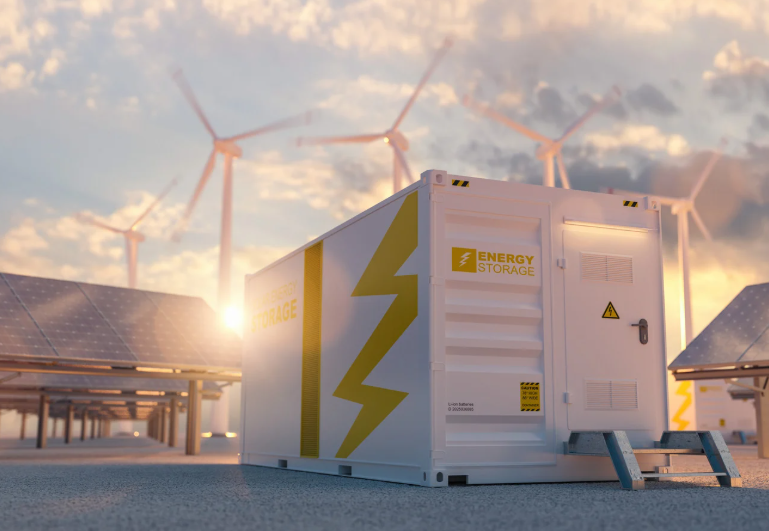A recent report by RenewableUK has thrust a crucial issue into the spotlight: the integration of energy storage and green hydrogen projects alongside offshore wind farms.
As the UK fervently seeks to enhance its green energy landscape, a significant hurdle remains—balancing the intermittent nature of renewable energy with consistent supply demands. Currently, offshore wind contributes substantially to the UK’s renewable energy capacity, yet logistical challenges limit the efficient utilization of this resource.
While the UK has 3 megawatts of operational battery storage capacity co-located with offshore wind, the potential to expand to a projected 600 megawatts is stymied by regulatory constraints. Despite the government’s stated commitment to expanding renewable infrastructure, the planning system and financial mechanisms, such as Contracts for Difference (CfD), appear misaligned with advancing co-location projects. This oversight could stall progress at a time when international commitments press the nation towards aggressive carbon reduction goals.
By advocating for reforms in CfD auctions and metering arrangements, the report underscores a need for a paradigm shift. This includes regulatory reforms permitting offshore transmission owners to engage in the energy storage market—a move seen as pivotal to removing barriers currently hindering further deployment of green hydrogen initiatives. At the core, the report draws attention to the inefficient processes within the planning system, which mandate separate consents for offshore wind and energy storage projects, elongating timelines and inflating costs.
RenewableUK’s findings imply a broader narrative of missed synergies, particularly in the context of green hydrogen. Hydrogen, touted as a linchpin for decarbonizing hard-to-abate sectors, is inhibited by the absence of comprehensive infrastructure linking production sites at sea with demand centers on land. Installing pipelines for transporting hydrogen is not just a technical aspiration; it is a strategic necessity for realizing a resilient, diverse energy matrix.
Industry stakeholders are thus urged to critically assess these insights, as the propositions challenge both public and private entities to orchestrate a co-location strategy that maximizes existing grid infrastructure. The strategic import of these recommendations is underscored by the backdrop of rising energy costs and volatile supply chains, prompting urgent calls for integrating renewables more seamlessly into the national grid.
With over 600 megawatts of battery storage poised for co-location, the financial and environmental rationale is apparent yet unrealized due to systemic impediments. The onus now lies on policymakers, energy operators, and investors to navigate these barriers; their actions, or inactions, will echo through future energy security dynamics and cost structures faced by consumers.
Stay updated on the latest in energy! Follow us on LinkedIn, Facebook, and X for real-time news and insights. Don’t miss out on exclusive interviews and webinars—subscribe to our YouTube channel today! Join our community and be part of the conversation shaping the future of energy.





